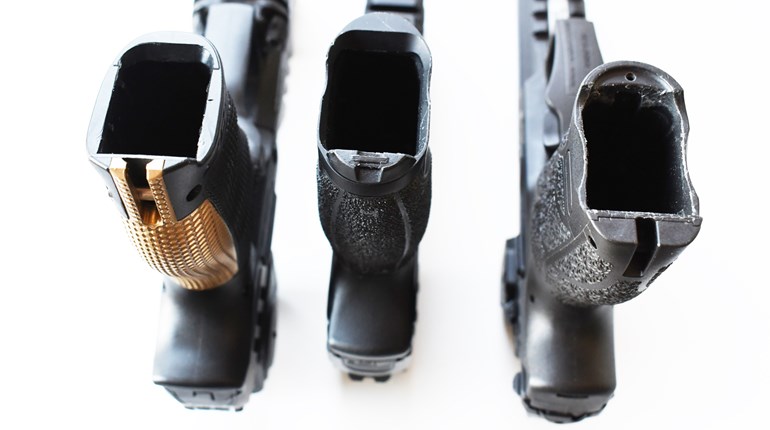
You’ve probably met the loquacious dog owner; the person who engages in a distracting, running, one-sided conversation with his hunting dog.
“Here boy! Here here here here! Good boy. Good boy. Hunt ’em up now, hunt ’em up. Where’s the bird? Find ’em. Go get ’em. Over here! Get outa there. Slow down. Whoa! Stop! Don’t run. Stand. Atta boy. Look over there. Anything in there boy? No, not over there, over here. Come. Come come come. Over here. Come when I say come! Here now. Sit. Stay. No, here … ”
Saints preserve us, a dog under that layer of verbosity has two choices: Go insane or ignore the boss. Most ignore.
In contrast, there are hunters like my friend Talmage Smedley near Farr West, Utah. This guy appears to control his dogs via osmosis or some kind of telepathy. He walks, they hunt. They return to one word or whistle. They jump onto training tables, go into kennels and wait until released; and you rarely hear a word from Talmage.
How does he do it? He listens to his dogs. “Our dogs are remarkably good at reading us,” he told me. “We’re not so good at reading them, but it’s there—the body language. Pay attention and you can read what they want to do. Reward the behavior you want, discourage behavior you don’t want, and you don’t need a lot of commands. A single word or gesture will do.”
Given the verbal skills of your average fox or wolf, this makes sense. They learn and communicate more through visual cues than verbal. Your dog can do the same. Select specific, short word commands for behaviors like sit, whoa, kennel and here, and overlay them with visual cues—a hand gesture, a finger point, a body lean.
The critical point is not the specific word or gesture, but using each consistently. Repeating a command rarely improves a dog’s response time. Begging never works. Better to enforce the command and repeat the exercise again and again until it’s ironed in. Repetition and reward are key. If Dog gets an immediate reward for an immediate response, he’ll give you immediate responses. Soon enough, no reward will be necessary, and you’ll be silent partners afield, getting the job done without shouting to alert every bird out there.
Additional Reading:
• Build a Dog with Backbone
• 4 Safety Tips for Hunting Dogs
• How to Train Your Dog to Blood-Trail Deer
• Take Your Pup to the Range
• Gundogs: Puppy Primer




































